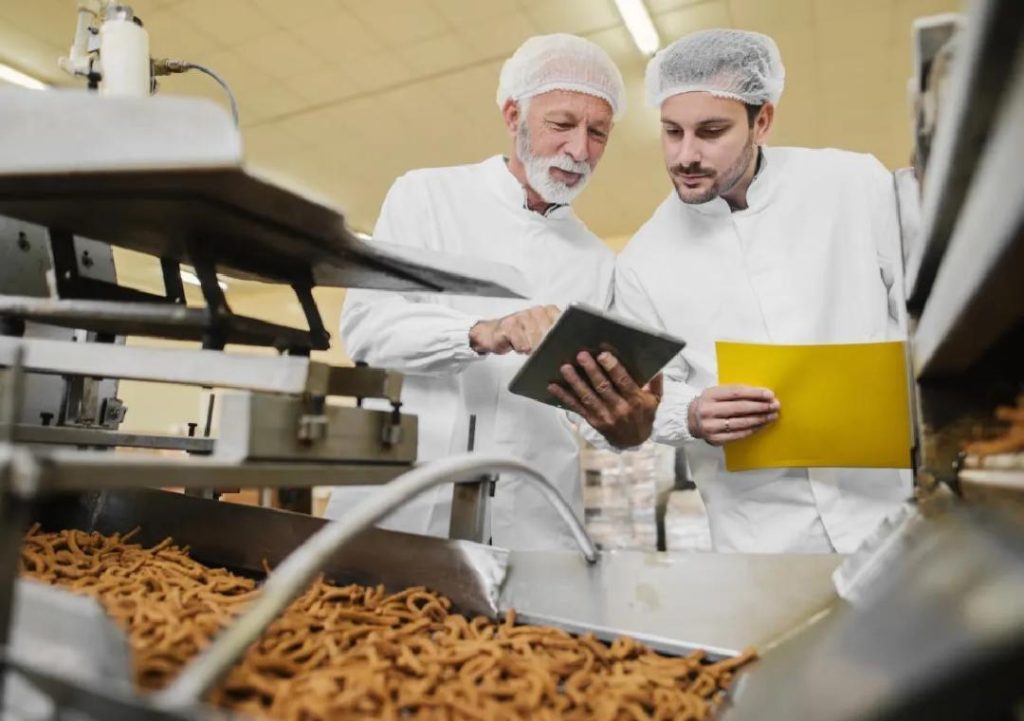
Can P&L Optimisation Redefine Success in Food Technology?
The food technology industry is a dynamic and competitive space, with companies constantly seeking ways to improve profitability and stay ahead of the curve. One key area that has gained significant attention in recent years is profit and loss (P&L) optimisation. By streamlining P&L operations, food tech companies can cut waste, sharpen demand forecasting, and support better decision-making. In this blog post, we’ll explore how P&L optimisation can redefine success in the food tech industry.
The Challenges of P&L Management in Food Tech
Food tech companies face unique challenges when it comes to managing their P&L. The industry is characterized by rapid changes in demand, fluctuating raw material costs, and the need to balance production with inventory management. These dynamics can make it difficult to accurately forecast demand and manage inventory levels, leading to waste and inefficiencies.
Additionally, food tech companies often operate on thin margins, making it essential to optimize every aspect of their operations to remain profitable. This includes ensuring that production lines are running at optimal capacity, inventory levels are accurately managed, and supply chain logistics are streamlined.
The Role of Automation in P&L Optimisation
One key strategy for improving P&L optimisation in food tech is the use of automation. By automating tasks such as inventory management, demand forecasting, and production planning, companies can reduce errors and inefficiencies, and free up resources to focus on more strategic initiatives.
For example, automated inventory management systems can help companies track inventory levels in real-time, identify trends and patterns, and automatically trigger reorders when stock levels fall below a certain threshold. This can help reduce waste and minimize the risk of stockouts or overstocking.
Similarly, automated demand forecasting systems can help companies predict demand more accurately, enabling them to adjust production levels and inventory levels accordingly. This can help reduce waste, improve customer satisfaction, and increase revenue.
The Power of Data Analytics in P&L Optimisation
Data analytics is another critical component of P&L optimisation in food tech. By leveraging data analytics, companies can gain insights into their operations, identify areas for improvement, and make data-driven decisions.
For example, data analytics can help companies identify trends and patterns in demand, enabling them to adjust production levels and inventory levels accordingly. This can help reduce waste, improve customer satisfaction, and increase revenue.
Data analytics can also help companies identify areas where they can reduce costs and improve efficiency. For example, data analytics can help companies identify opportunities to reduce energy consumption, optimize production levels, and streamline logistics.
Scalable Models for Sustainable Growth
In addition to automating tasks and leveraging data analytics, food tech companies can also use scalable models to support sustainable growth and improve profitability.
Scalable models enable companies to adapt to changing market conditions and customer demands, while also ensuring that they have the resources and infrastructure needed to support growth.
For example, companies can use cloud-based infrastructure to scale up or down quickly and easily, without the need for expensive equipment upgrades or new hardware purchases.
Similarly, companies can use flexible production models to adjust production levels and inventory levels quickly and easily, in response to changes in demand.
Conclusion
P&L optimisation is a critical component of success in the food tech industry. By streamlining P&L operations, food tech companies can cut waste, sharpen demand forecasting, and support better decision-making. Automation, data analytics, and scalable models are all key strategies for achieving P&L optimisation.
By adopting these strategies, food tech companies can improve profitability, ensure sustainable growth, and stay competitive in the industry. Whether you’re a startup or established company, P&L optimisation is essential for achieving success in the food tech industry.
News Source:
https://www.growthjockey.com/blogs/p-and-l-operations-in-food-tech






